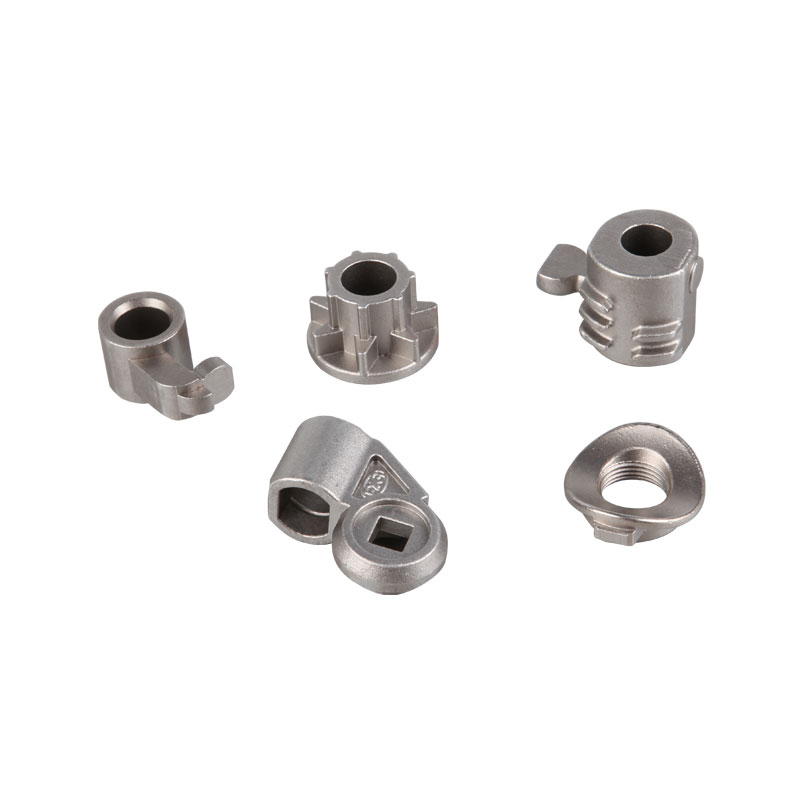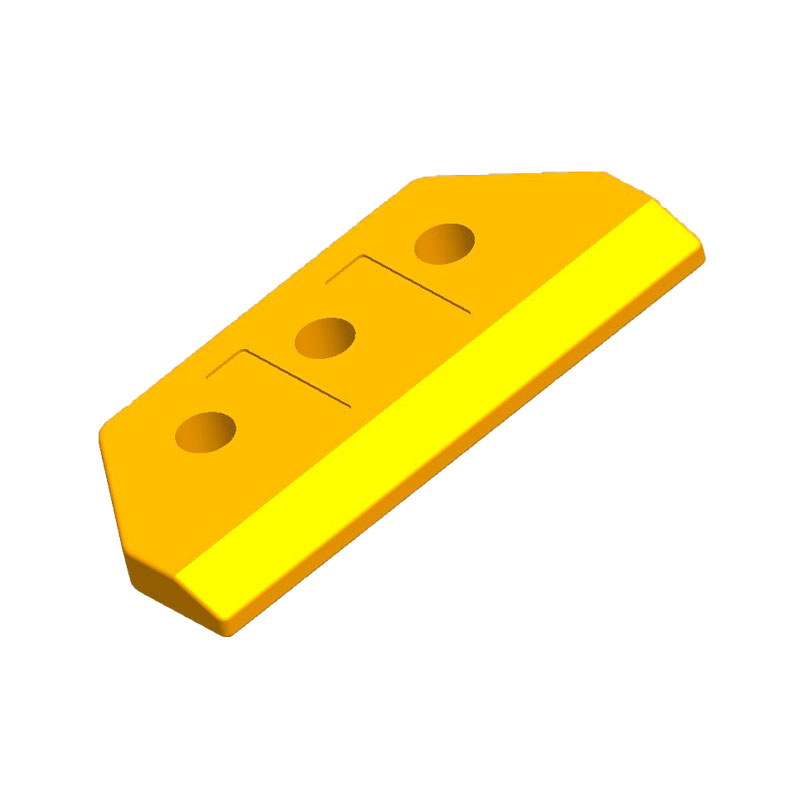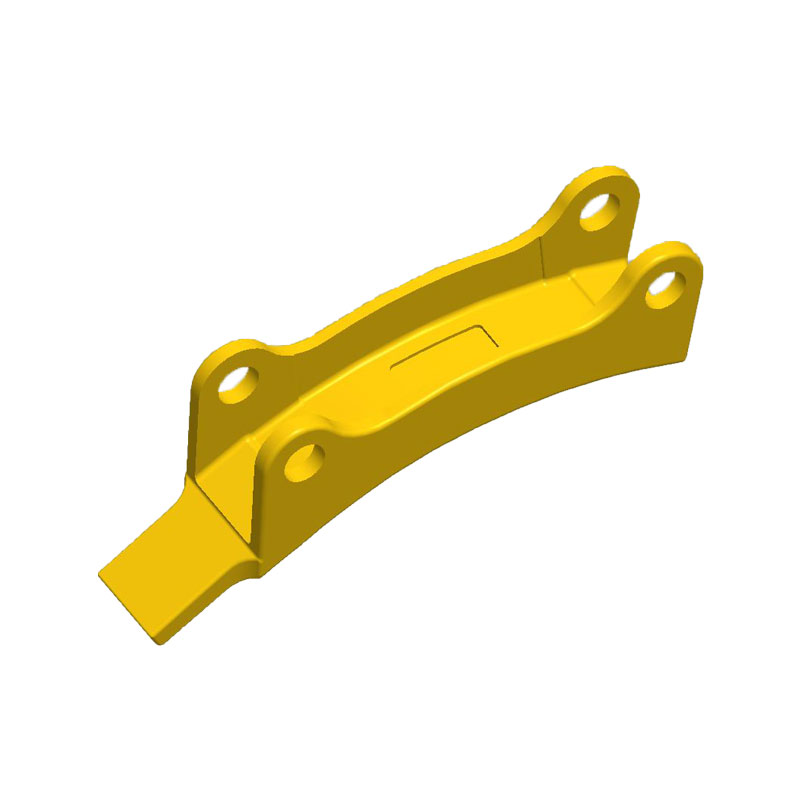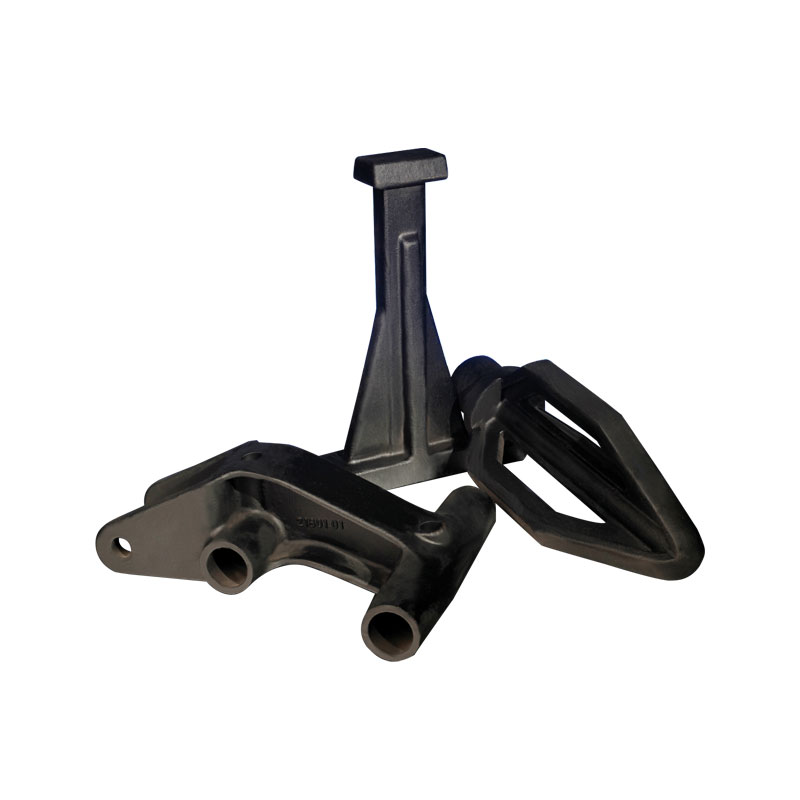In order to create a quality Alloy Carbon Steel Casti […]
In order to create a quality Alloy Carbon Steel Casting, you must understand the mechanical properties of the material. Elevated temperatures weaken the material, resulting in early failure. The material also suffers from hydrogen damage, oxidation and sulphite scaling. Furthermore, the toughness of cast Steel is greatly compromised at low temperatures. To overcome these issues, alloying elements are added to the material. Specialist heat treatment can also be performed on castings to enhance their toughness.
The versatility of carbon steel castings is greatly enhanced by the large amount of data available about the metal during its lifetime. This data enables engineers to model the behavior of the metal in the real world. Because carbon steel is so versatile, it is widely used for castings in the automobile, railway, heavy equipment, and conveyorized materials handling systems. To learn more about the versatility of this material, read on:
Low carbon steels are typically annealed or cold-rolled. High-carbon steels contain 0.30% C or more and may be hardened. They also retain ductility and are suitable for a wide range of applications. These steels may be used in automotive body panels and tin plate. They can be forged to create a wrought-iron appearance. They are also highly corrosion-resistant.
Due to the high level of carbon in the alloy, they exhibit a large range of toughness. The NDTT, or non-ductile toughness, ranges from 38 to 90 degC and from 207 to 655 MPa. For specific purposes, quenched and tempered steels are used. They exhibit a greater range of strength and toughness than annealed steels. There are several test methods available for measuring the toughness of these steels. These include the Charpy V-notch impact test, the drop-weight test, and the dynamic tear test.
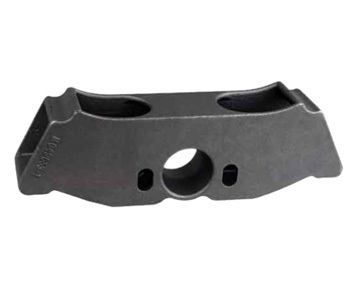
The mass effect is a common characteristic of steels. These properties vary with section size. As the alloy cools, the corresponding microstructure constituents increase in size. As a result, the mass effect differs between small and large sections of the steel. This characteristic is called metallurgical effect and is distinct from the effect of discontinuities. In addition to this, a sample that is removed from the casting will not exhibit the same properties as the specimen that was used to evaluate the alloy.
The properties of Alloy Carbon Steel Casting vary considerably, but they share many of the same characteristics. Alloy steel is durable and possesses high resistance to wear and corrosion. This property makes it suitable for various industrial applications, including those requiring high yield and tensile strength. The properties of this type of steel are comparable to those of carbon steel. So, if you are looking for the right Alloy Carbon Steel Casting, you should contact an experienced company to discuss your project needs.
The mechanical properties of Alloy Carbon Steel Casting may be influenced by the percentage of Carbon in the material. The greater the percentage of Carbon, the higher the strength will be. In addition, ductility is closely related to the amount of hardness. However, a higher percentage of this element makes the alloy tougher through heat treatment. This is why these materials are generally better for heat-resistant applications. You can find more information about Alloy Carbon Steel Casting by visiting a certified manufacturer.
